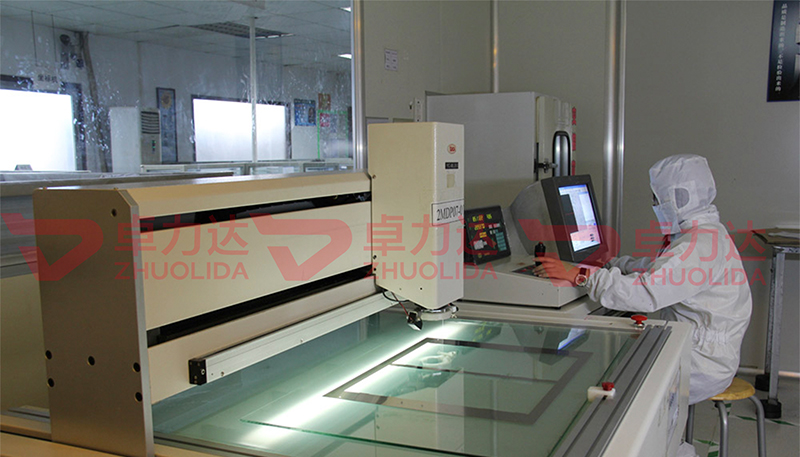
Etching stainless steel can be done effectively using a few different methods, depending on the equipment, level of precision, and finish you’re aiming for. Here
are the main approaches:
### 1. **Chemical Etching**
- **Process:** Chemical etching involves using an acid or chemical solution to selectively remove parts of the stainless steel. Ferric chloride is commonly used for
this, though nitric acid can also be effective.
- **Steps:**
1. Clean the stainless steel thoroughly.
2. Apply a resist (like vinyl or wax) to areas you want to remain unetched.
3. Immerse the stainless steel in the ferric chloride solution for a specified period.
4. Rinse thoroughly and remove the resist.
- **Pros:** Ideal for detailed designs, repeatable, and suitable for larger pieces.
- **Cons:** Requires handling of hazardous chemicals, needs ventilation and protective equipment.
### 2. **Laser Etching**
- **Process:** Laser etching uses a focused laser beam to engrave the surface, vaporizing the top layer of the steel.
- **Pros:** Highly precise and can produce intricate designs with sharp edges.
- **Cons:** Requires a laser engraver, which can be expensive; works best on flat or slightly curved surfaces.
### 3. **Electrochemical Etching**
- **Process:** This method uses an electrolyte solution and a low voltage to etch the steel by dissolving ions from the surface.
- **Steps:**
1. Apply a stencil or resist to the areas that should remain unetched.
2. Connect the piece to a power source and apply an electrolyte-soaked pad to the exposed areas.
- **Pros:** Non-hazardous chemicals, safer than ferric chloride, produces durable markings.
- **Cons:** Limited to shallower marks and may not be as fast for larger areas.
### 4. **Mechanical Etching (Sandblasting)**
- **Process:** Uses high-pressure sand or grit to blast away parts of the metal surface.
- **Pros:** Effective for bold, deep textures or designs; works well on larger surfaces.
- **Cons:** Needs sandblasting equipment, less precision, and rougher edges.
### Tips for Best Results:
- **Surface Prep:** Clean the metal thoroughly to remove oils and debris.
- **Resist Quality:** Ensure a clean, sharp resist layer to prevent bleed-over.
- **Protective Gear:** Always wear protective gloves, goggles, and a mask when working with chemicals or power tools.
The best method depends on your project's complexity, size, and desired finish, but chemical etching and laser etching are popular for their precision and versatility.
Contact: andy_Lai
Phone: 18938693450
E-mail: yw9@zldsmt.com
Add: Building A3, Huafa Industrial Park, Fuyong Town, Fuyuan Road, Fuyong Town, Baoan District, Shenzhen,China